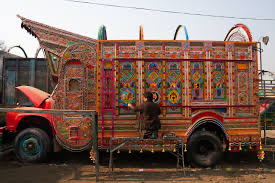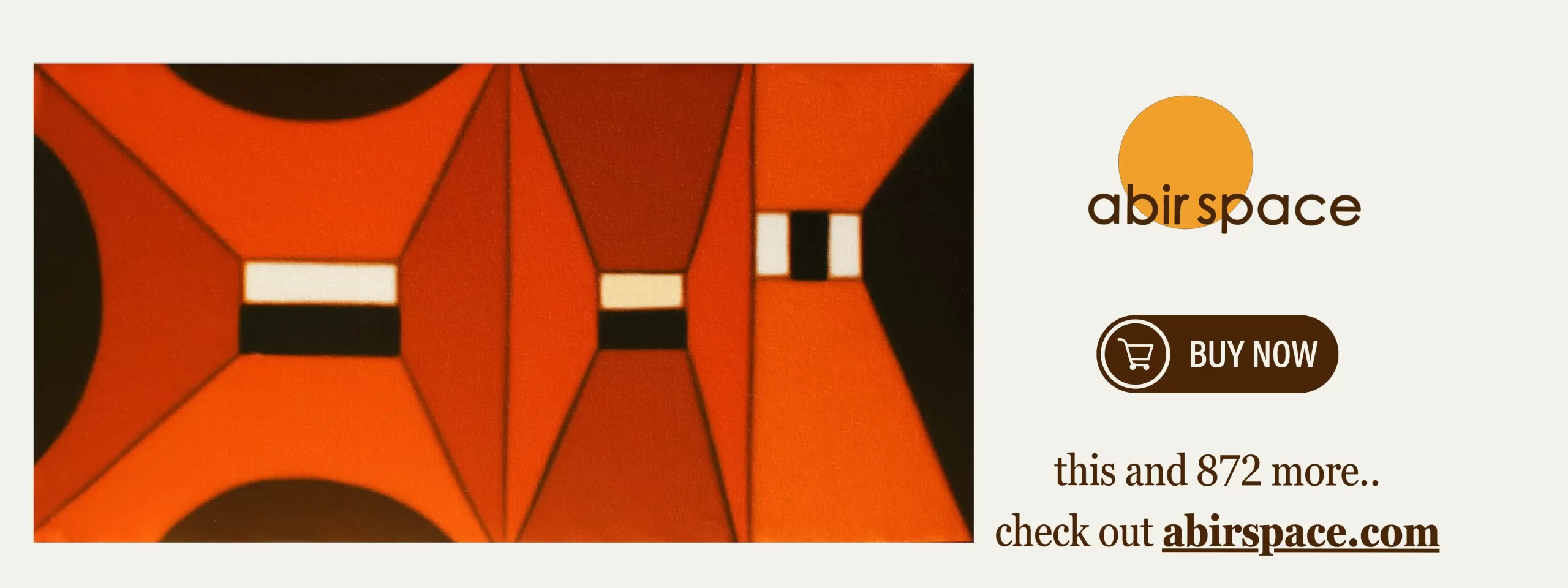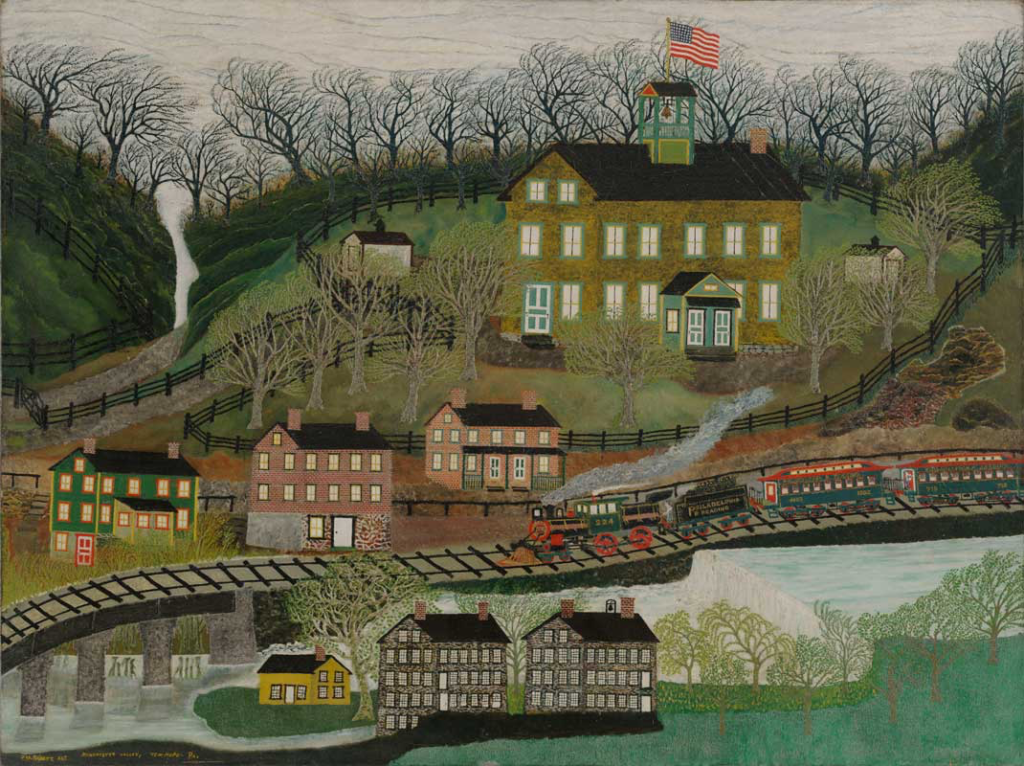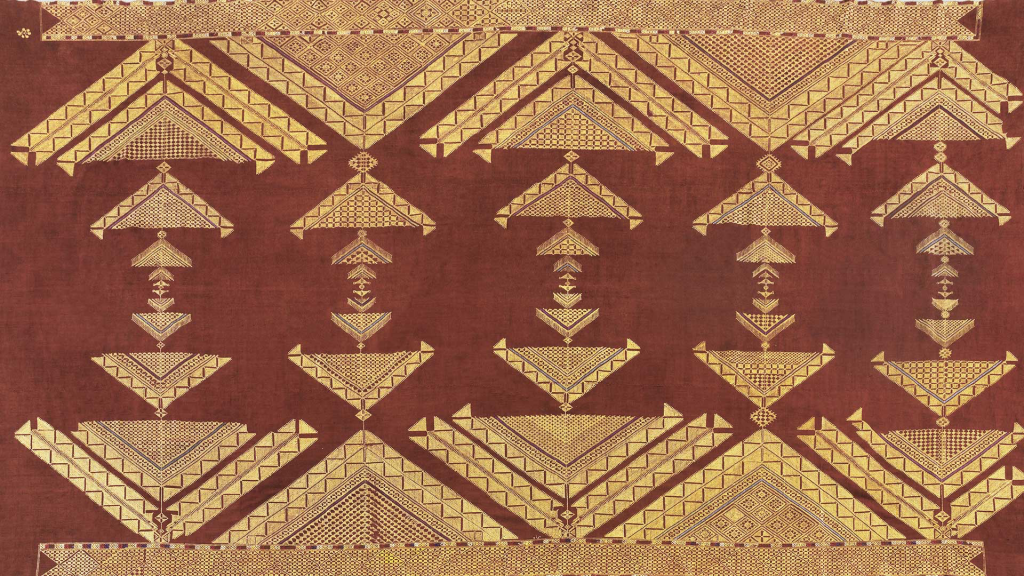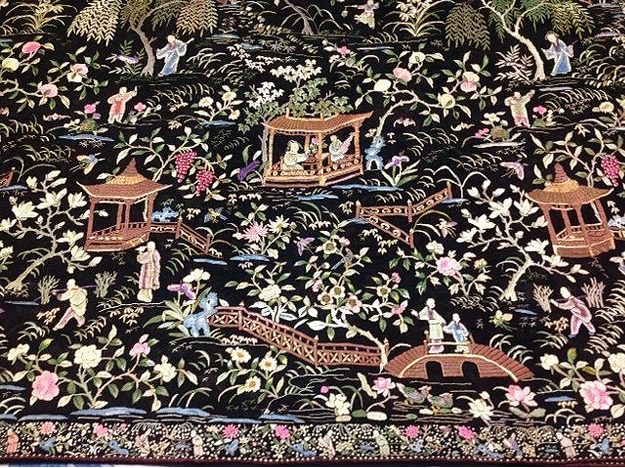India’s highways stretch like arteries across the subcontinent, carrying the lifeblood of commerce through a $250 billion logistics industry. Along these 161,350 kilometers of roads, over 8.5 million trucks thunder past in an endless procession of goods and dreams. Yet these vehicles are far more than mere cargo carriers—they are mobile canvases that tell the stories of the millions who call the road home.
For India’s truck drivers, the cab isn’t just a workplace—it’s a second home. These modern nomads spend weeks, sometimes months on the road, sleeping in their vehicles and living a life of perpetual motion. In this harsh reality where 81% of drivers sleep in their trucks and basic amenities remain scarce, the act of beautifying their vehicles becomes both artistic expression and psychological necessity. The truck transforms into a companion, a protective talisman, and a declaration of identity. Drivers collaborate closely with local artists, describing the illustrations that will adorn their mobile homes, creating deeply personal statements that roll down India’s highways.

The artistry adorning Indian trucks draws from a rich tapestry of cultural symbols and personal meanings. The most recognizable element might be the ubiquitous “Horn OK Please”—a practical instruction that has evolved into an iconic piece of truck nomenclature alongside “Use Dipper at Night,” encouraging courteous driving practices. Spiritual protection takes physical form through the nazar battu, a fierce demon’s face with matted hair and sharp teeth painted on bumpers to ward off the evil eye. This superstitious totem reflects the deep-seated beliefs that guide drivers through uncertain journeys across unfamiliar territories.
Among the various artistic traditions employed in truck decoration, Meenakari stands out as a particularly sophisticated form. This centuries-old Persian art of enameling, brought to India during the Mughal period, involves fusing brilliant colors onto metal surfaces in intricate designs.
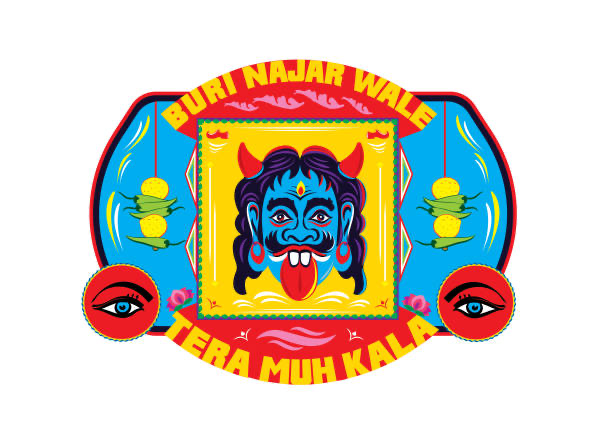
When applied to trucks, Meenakari follows a meticulous process beginning with careful sketching, followed by the application of enamel colors that are fired to achieve lasting, vibrant finishes. Some artists even embellish their work with gold or silver accents, transforming utilitarian vehicles into luxury statements.
The technique allows for profound personal expression—the vivid colors and luminous quality of Meenakari perfectly capture the cultural symbols, religious imagery, and scenic representations that hold meaning for individual drivers. Modern practitioners innovate within this traditional framework, experimenting with new materials and methods while maintaining the art form’s essential character.
Beyond visual art lies truck literature—an underexplored genre that transforms vehicles into mobile libraries of folk wisdom. Shayaris, couplets, and pithy one-liners painted across truck bodies create a unique literary landscape that reflects the philosophies, dreams, and concerns of those who live on the road. These textual decorations span themes from patriotism and education to religion, regionalism, and the universal longing for home. The writing serves as both decoration and communication, allowing drivers, helpers, and owners to share their ideologies and experiences with the countless people they encounter along their routes.
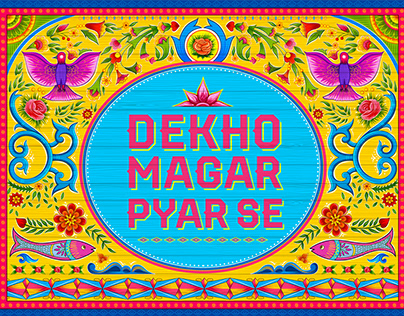
As India’s logistics industry continues its digital transformation, the human touch of traditional truck art serves as a poignant reminder of the soul within the machinery of commerce. These rolling galleries represent more than decoration—they embody the resilience, creativity, and cultural pride of a community that keeps the nation’s economy moving.
In a world of increasing standardization and efficiency, India’s truck art stands as a celebration of individuality, a connection to ancient traditions, and a testament to the enduring human need for beauty and self-expression. Whether through the luminous colors of Meenakari, the protective power of the nazar battu, or the wisdom encoded in truck literature, these decorated vehicles remain vibrant ambassadors of India’s cultural heritage, carrying stories, dreams, and traditions down every highway in the land.
Featuring Image courtesy: NPR
Contributor

